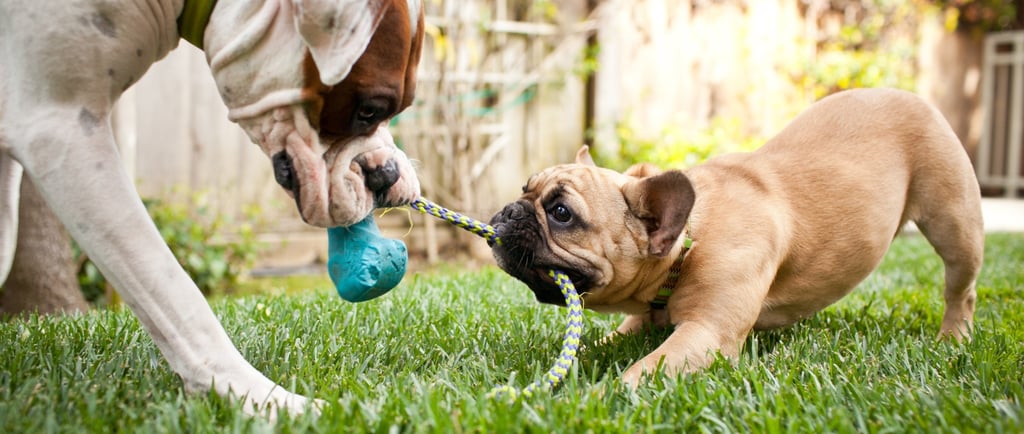Why Your Dog Isn't Eating & How to Fix It
Dogs are naturally enthusiastic eaters. When healthy and content, most dogs finish every meal without hesitation. So, when your dog stops eating—or eats less than usual—it’s not just a quirk. It’s a red flag that needs attention.
PET CAREPET BEHAVIORPET SITTERSPET FEEDING
Scott Carlson
6/30/20252 min read


Whether you're a pet parent or a trusted sitter, understanding why dogs stop eating is crucial to their health and overall well-being.
Healthy Dogs Eat—So What’s Wrong? A healthy dog won't skip meals for no reason. If your dog isn’t eating, something’s off. It could be physical (such as an upset stomach or dental pain), emotional (like anxiety or stress), or environmental (like a new home or a change in routine).
If appetite loss persists for more than a day or two, consult your veterinarian to rule out any underlying medical issues. Once health concerns are cleared, it's time to focus on food and the environment.
A/B Test to Identify the Issue: Dogs can’t tell you what’s wrong, but they show it with their behavior. Use simple A/B testing to identify what’s turning them off:
Serve their regular food warmed slightly, rather than at room temperature.
Try feeding in a different bowl or quieter space.
Mix in a topper one day and leave it out the next.
Change only one factor at a time and note what response it elicits. This will help you understand what part of the meal (or routine) is causing hesitation.
Make Their Food More Appealing: Once you’ve narrowed it down, try enhancing the flavor and texture of their meals:
1. Add Moisture: Pour a small amount of water or low-sodium broth into their kibble to create a savory, soft “gravy.” This makes dry food smell and taste better.
2. Top With Treats: Consider adding toppings like seasonings, sprinkling a pinch of shredded chicken, freeze-dried liver, or another high-value treat over their meal.
3. Mix in Nutrient Boosters: Add a spoonful of plain yogurt (good for digestion) or pumpkin puree (great for the gut and flavor). These additions are healthy and appealing.
Turn Mealtime into a Happy Experience: Make eating fun again by creating a positive mealtime environment.
Feed at consistent times daily.
Use a calm, happy tone when presenting food.
Avoid distractions or chaos during meals.
Praise them when they show interest in food.
Dogs are emotionally sensitive and will mirror the tone you set.
When to Call the Vet
If your dog refuses food for more than 48 hours—or shows signs like vomiting, diarrhea, weight loss, or lethargy—consult your veterinarian immediately. Sudden changes in appetite can signal underlying health conditions.
Loving Support from Pet Sitters Who Notice the Details
At Pet Sitting with Scott, we don’t just feed your pets; we pay attention to how they’re feeling and eating. If your dog ever changes their eating habits while in our care, you’ll be the first to know—and we’ll work with you to keep their tail wagging and their belly full.
Seeking someone who truly understands your dog? Please let us know.
Blog
Explore pet sitting tips and client updates here.
CONTACT INFO
Calendar
775-453-6366
© 2025. All rights reserved.
